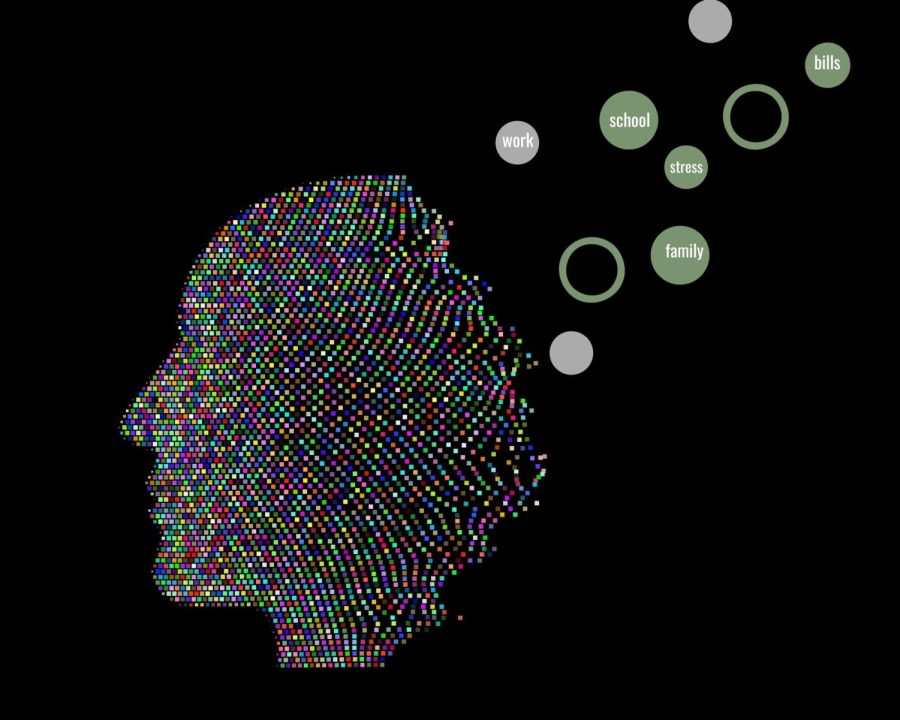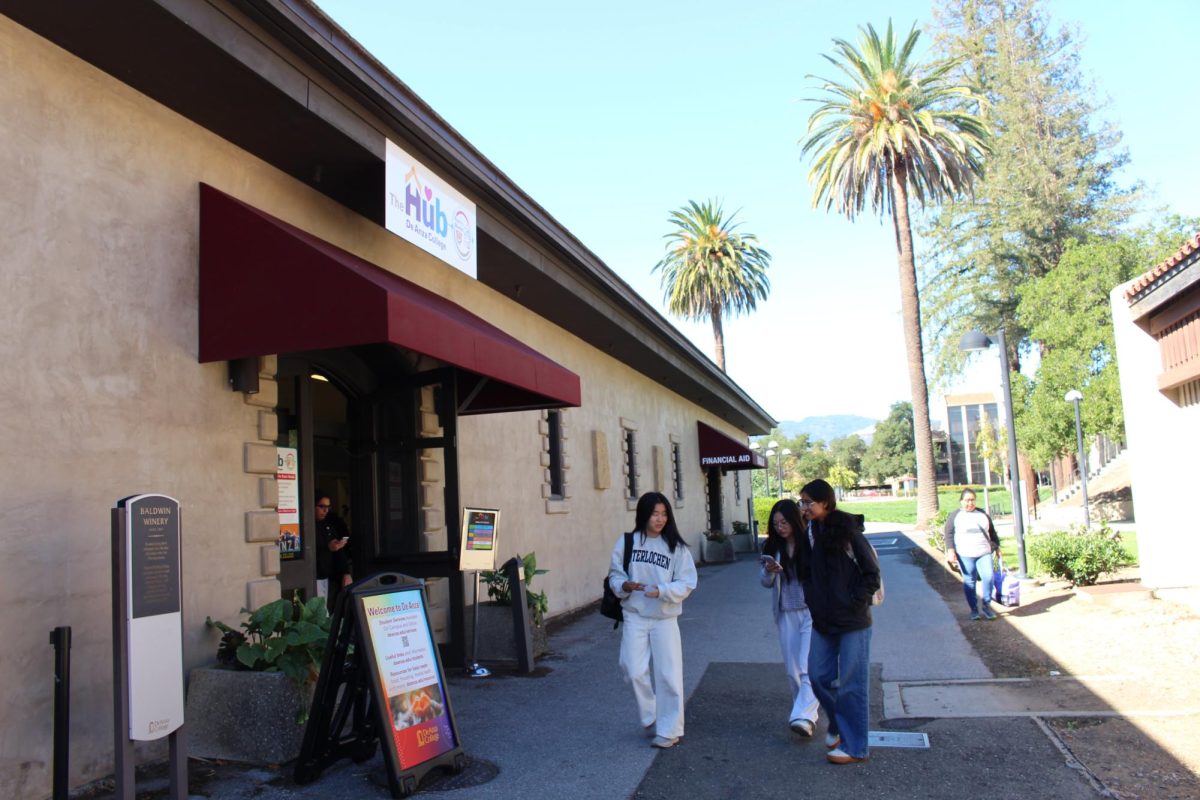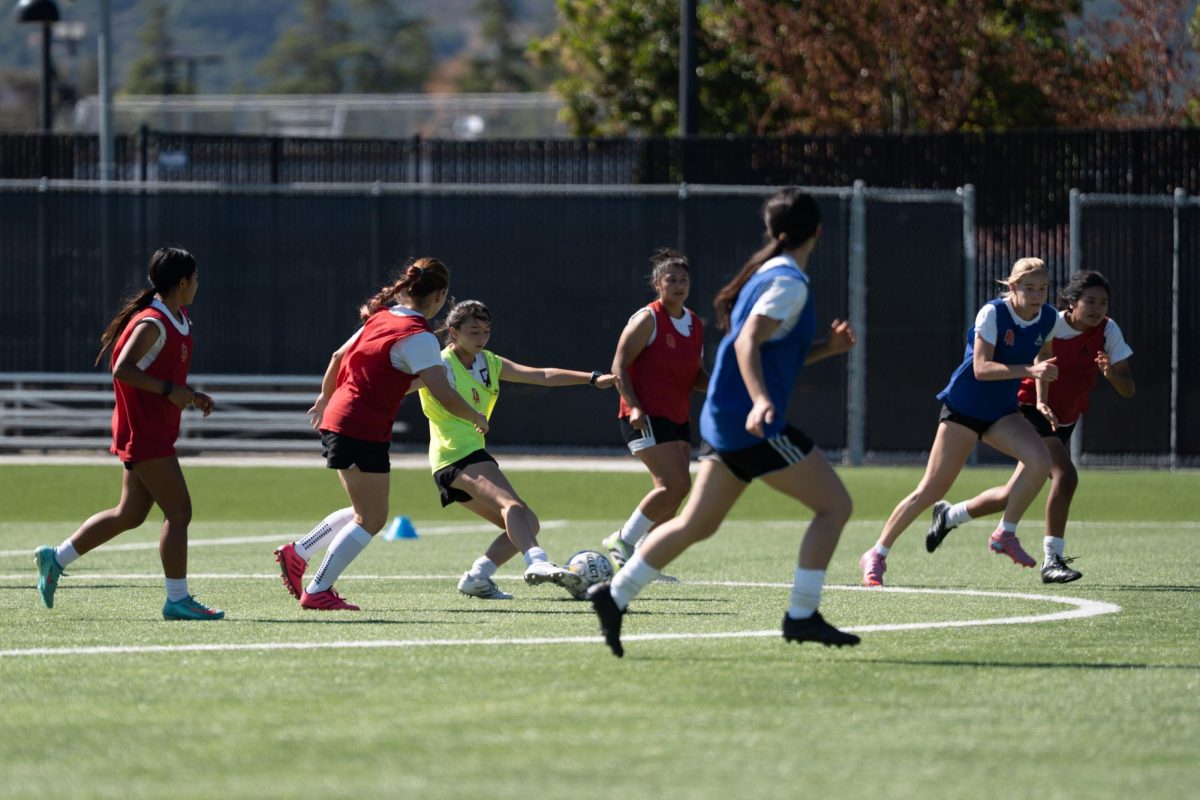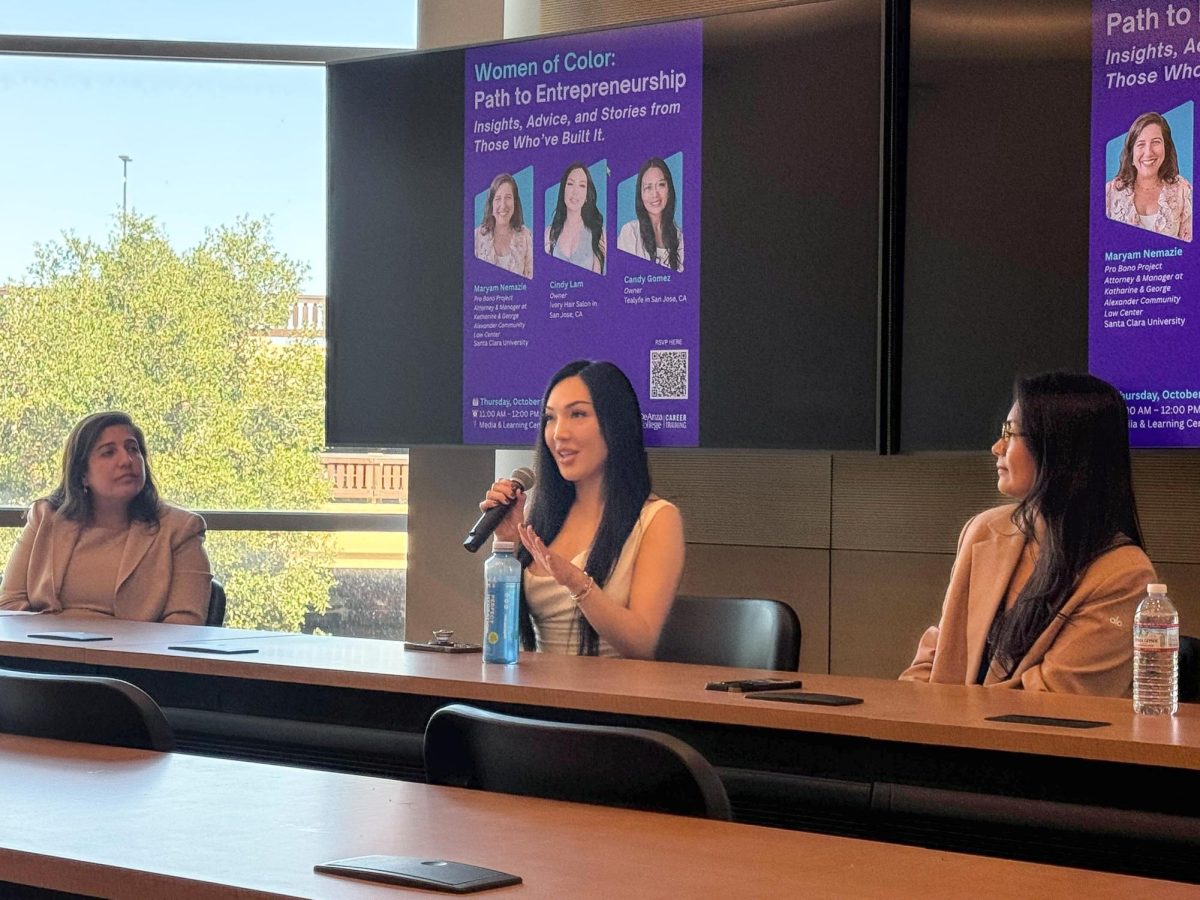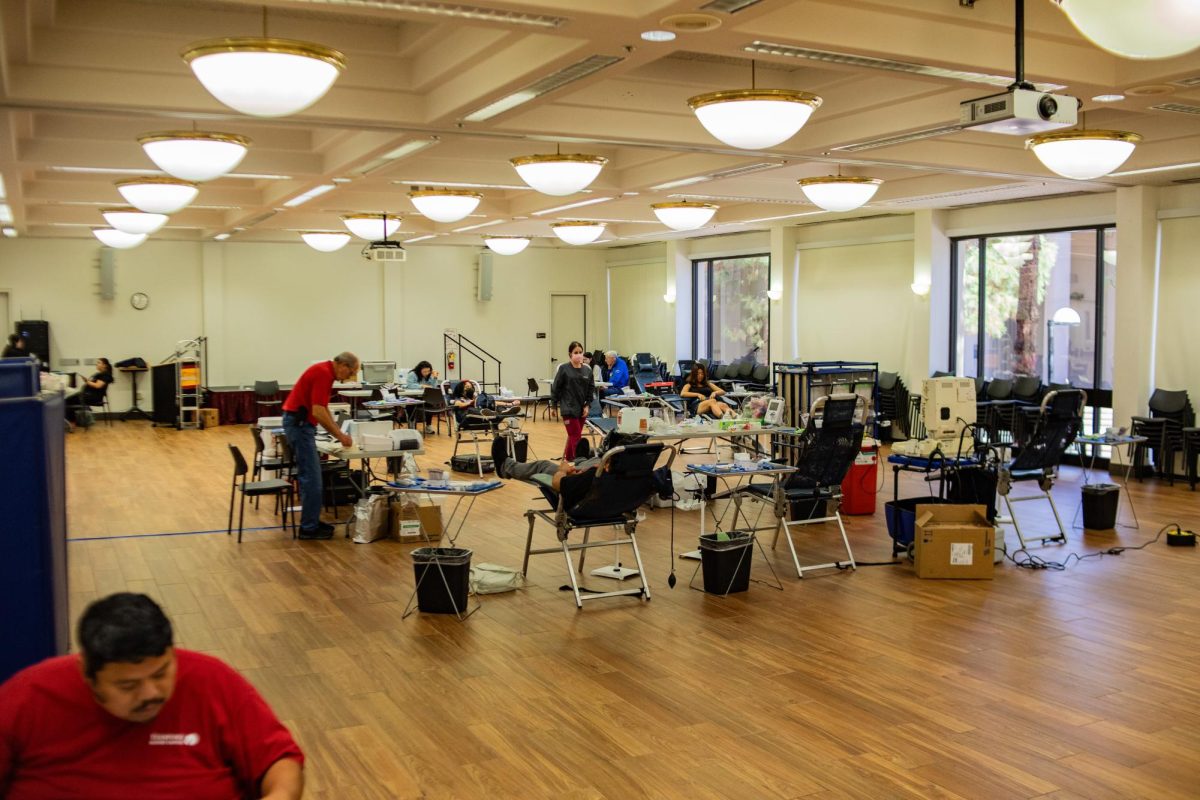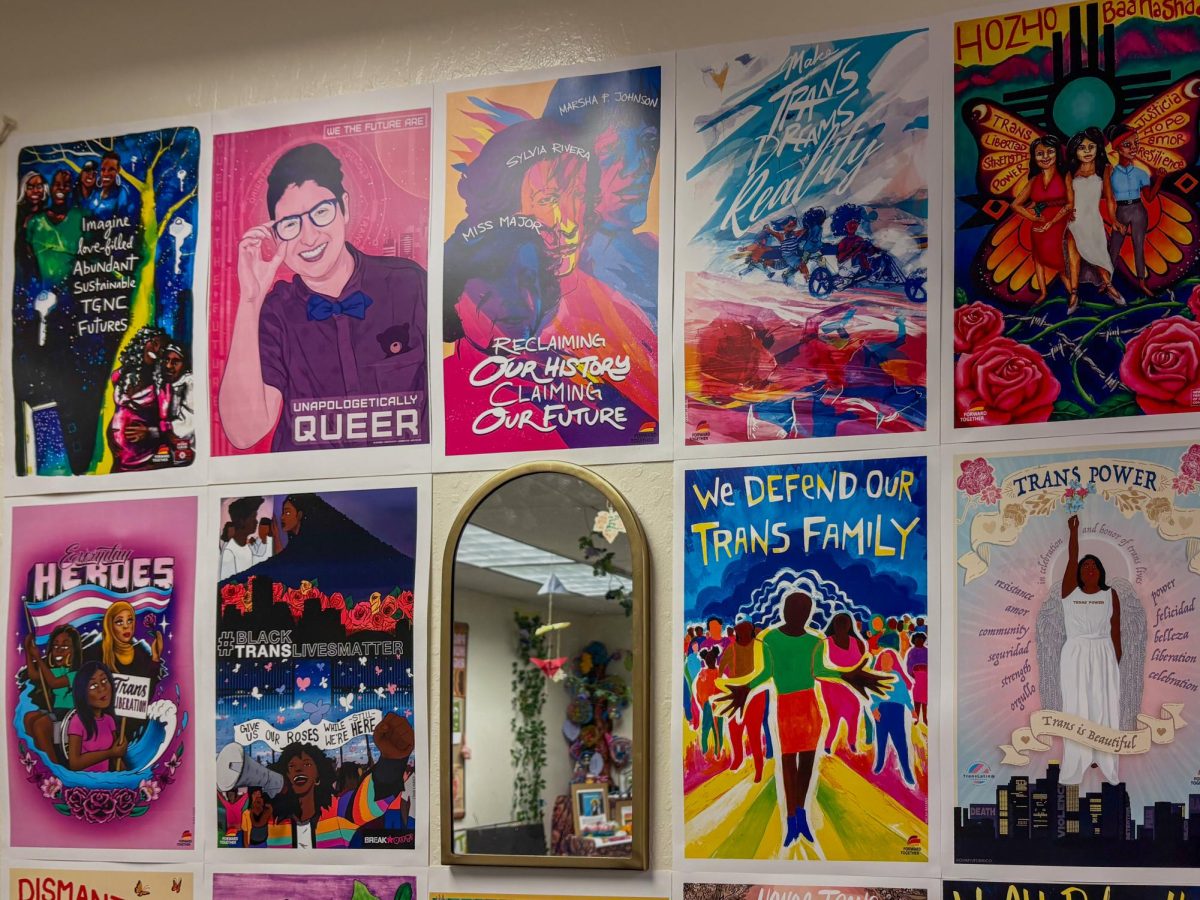Student mental health: Treatment requires accountability from selves and schools
May 31, 2023
In a land flowing with milk and honey, that being a society overflowing with resources at every corner of our reach, it is a wonder why more than 60% of college students struggle with at least one mental health problem.
If students are to improve their mental health, they must not solely rely on their school systems but also on their own motivation to pursue help. The first step in wellness is taking responsibility for your life, getting real about the help you need and actively seeking it.
A survey by Healthy Minds Network, an organization focused on mental health among young adults, found that 96,000 students from various U.S. colleges in the 2021-2022 school year displayed the highest rates of mental health issues in the network’s past 15 years of research. Students reported experiences with depression, anxiety, eating disorders, substance abuse and even suicide.
What factors are affecting this generation of students? The answers vary for each individual, but studies show that loneliness, academic stress and lack of institutional help have contributed to these unprecedented numbers.
Another factor affecting students is social media. According to a study by the University of Pittsburgh in Pennsylvania, “people who used social media for more than 2 hours per day were twice as likely to feel socially isolated compared with those who only used social media for under half an hour every day.”
As a result students are left feeling lonely, isolated and dependent on inauthentic sources of happiness and health. The ever-present access to social media allows students to waste time mindlessly scrolling and digesting more content than one has time for and neglect face-to-face interaction needed to build strong connections.
The misconception that students are isolated and have to fend for themselves may also come from conversations around mental health. A Healthy Minds study found that 6% of students agreed with the statement “I would think less of someone who has received mental health treatment” while 40% agreed with the statement “most people would think less of someone who has received mental health treatment.”
Some students may experience a form of internalized shame, feeling that they are weak for experiencing such hardships. Social stigma from fellow peers and even family can also diminish mental health issues as small bouts of illness to “get over ” instead of seeking treatment needed to manage and heal.
Two understandings are necessary to rectify these thoughts. One, mental illness is not a sign of weakness or lack of emotional stability. Two, mental illnesses are not defining traits but rather battles requiring real treatment.
Treatment, however, is not easily accessible to all students. Although educational institutions, including 90 out of 116 community colleges, may provide students access to on-campus counselors, availability runs thin with weeks-in-advance scheduling and low counselor-to-student ratios.
To widen access to support, institutions like De Anza College have begun holding group therapy sessions, hosting campus workshops and establishing student centers to break down stigmas around mental health. Other colleges are investing in peer counseling to invite positive, community-centered discussions around mental health struggles and provide aid to students lacking a support system.
And who knows, this might even help students get off their phones and make real connections with peers around them. By joining the vast array of clubs and organizations on campuses, students can find niches dedicated to their own interests and create relationships within those groups.
Students acknowledging their personal needs, taking accountability for their own health and having constructive mental health discussions with peers or professionals provide the way forward for addressing widespread mental health issues.



